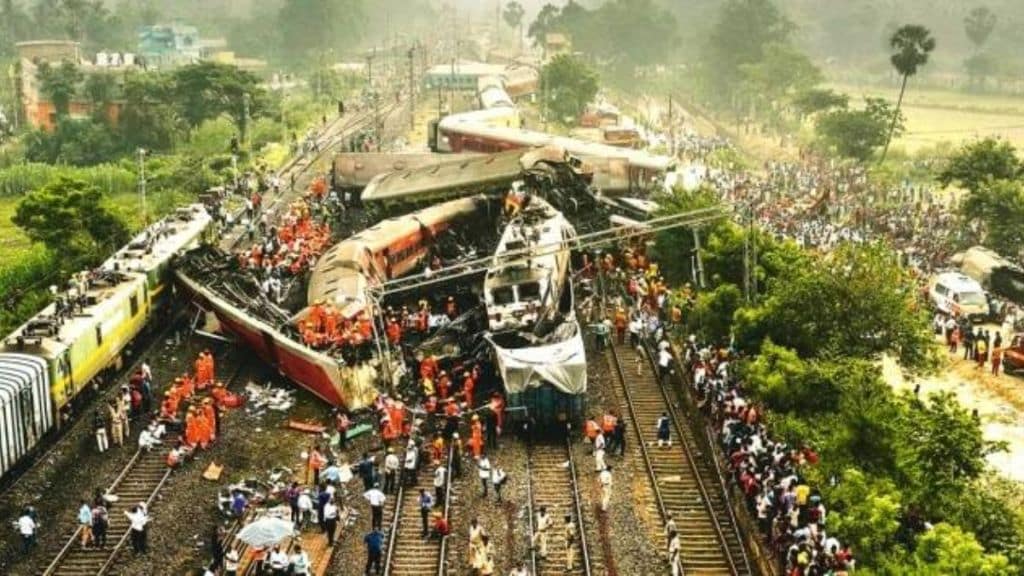A high-level inquiry conducted by the Commission of Railway Safety (CRS) has found that multi-level lapses led to Balasore’s triple-train tragedy in Odisha. CSR was investigating the dreadful Balasore railway crash which claimed 292 lives and left over 1000 injured last month.
The inquiry has found “wrong signalling” was the main reason for the Balasore train accident. While the Central Bureau of Investigation (CBI) is looking into the tragic train accident, the CRS also conducted a probe. According to the findings, there were “lapses at multiple levels” in the Signalling and Telecommunication (S&T) department. CSR report also implied the horrific tragedy could have been avoided if past red flags were reported.
Key finding of the inquiry report
The independent inquiry report attributed the dreadful accident to a rear-collision between the Coromandel Express and a goods train, that took place due to lapses in the “signaling-circuit-alteration” process conducted at the North Signal Goomty station.
“These lapses resulted in wrong signalling to the train no. 12841….resulting in the train 12841 traversing on the UP loop line, and eventual rear collision with the goods trains standing there,” the report said.
CSR’s inquiry report was submitted to the Railway Board. The report highlighted that despite the lapses in signalling work, corrective actions could have been taken by the S&T staff if “repeated unusual behaviour” of switches connecting two parallel tracks were reported by the Bahanaga Bazar’s station master, which was the site of the accident.
The report also said that the non-supply of the approved circuit diagram for replacing the electric lifting barrier at Bahanaga Bazar station’s level crossing gate 94 led to “wrong wiring” by field supervisors.
The report highlighted that the field supervisors had modified the wiring diagram, however, they failed to replicate it.
The CRS report also revealed that there was a similar incident at Bankranayabaz station in Kharagpur Division on May 16, 2022, on account of wrong wiring and cable fault. It stated that if the official had taken corrective measures to address the issue of wrong wiring the Balasore train accident could have been avoided.
Adding on, the report highlighted that the initial response to such a horrific disaster should be faster.
The commission further advised the Railways to review the system of disaster response between the zonal railways and disaster-response forces – NDRF and SDRF.
The commission also suggested that Indian Railways should set up a separate team for checking and testing modified signalling circuits and functions, adding that, any alteration to signalling circuits needs to be carried out in the presence of an officer and with an approved circuit diagram.


